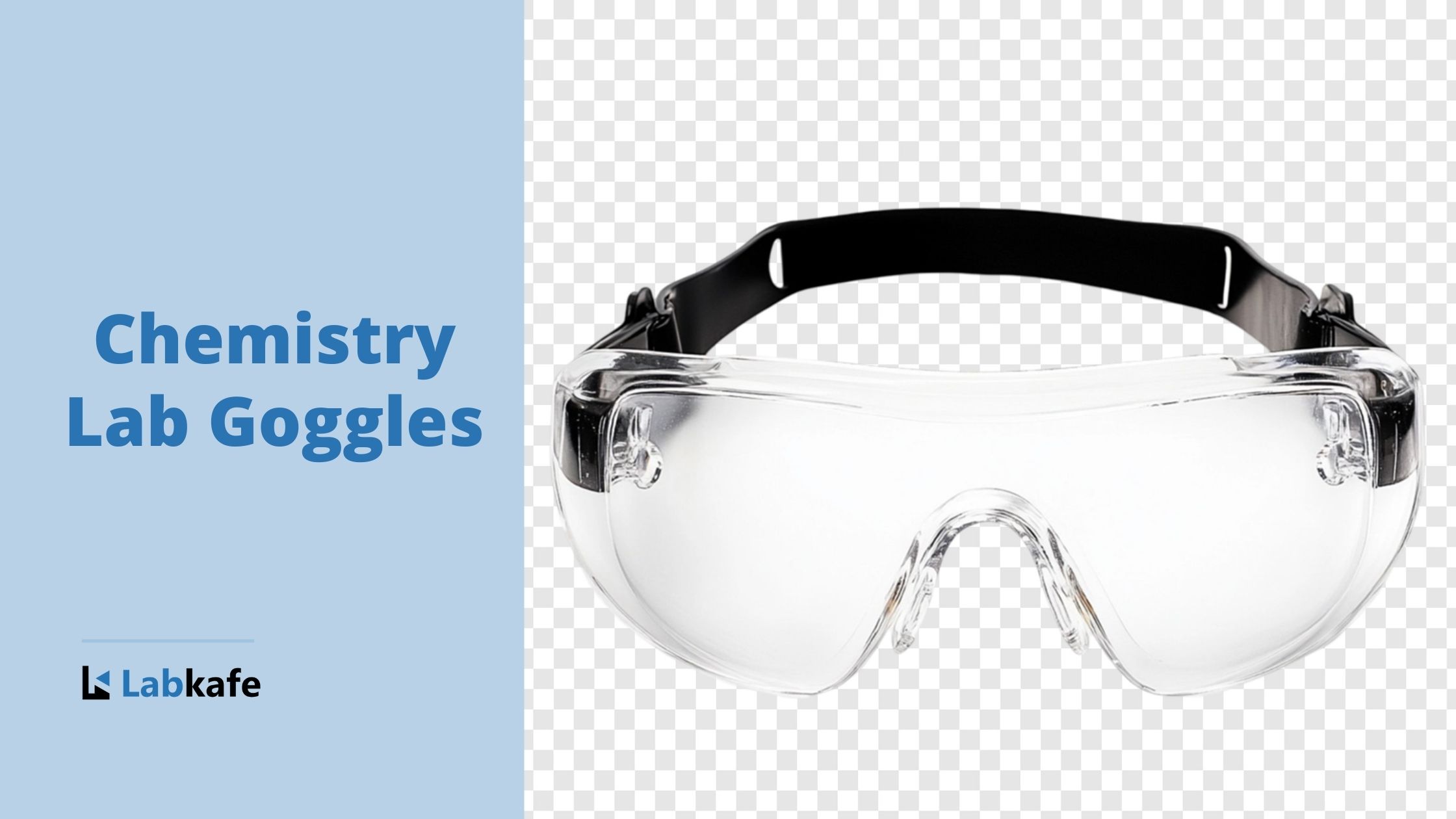Tag: Lab Equipment
-

Do You Really Need Chemistry Lab Goggles?
Chemistry lab goggles are essential for protecting your eyes during experiments. They form a tight seal around your eyes and prevent harmful chemicals, splashes, vapors, fumes, or mists from entering. But do you always need to wear them? The short answer is it depends. Some experiments involve low-risk materials where regular safety glasses are enough.…
-

Physics Lab in a Box for Coaching Centers in India
In coaching institutes for classes 6 to 10 in India, hands-on learning is essential for enhancing students’ understanding of physics concepts and improving practical skills. The Physics Lab in a Box for coaching centers comes in handy for institutes teaching physics to students of classes 6 to 10 in India. It is tailored to the…
-

Step by Step Guide to Maintain the School Chemistry Lab
School Administrators, Teachers and Authorities face a hard time trying to maintain the school chemistry lab. Here is the ultimate guide to running your school chemistry lab smoothly. Keep reading for cleaning, repair and safety guidelines. How to Maintain the School Chemistry Lab Equipment? Each piece of equipment in the chemistry lab needs to be…
-

CBSE Chemistry Lab Equipment List for Class 11 and 12
The CBSE Chemistry Lab Equipment List by Labkafe offers complete apparatus and furniture solutions to set up a brand new CBSE Chemistry Lab for classes 11 and 12. The lab package is also customizable, meaning that it can be optimized for schools with different requirements. The apparatus list is completely customized for the CBSE class…
-

CBSE Biology Lab Equipment List for Class 11 and 12
The CBSE Biology Lab Equipment List curated for classes 11 and 12 by Labkafe includes every element needed to set up a complete brick-and-mortar laboratory setup that accommodates a class of 30 or more students in the CBSE framework. Additionally, we provide furniture and logistics support to enable the creation of workspaces that are ergonomic…
-

Maths Lab Package for Classes 6 to 10
The Maths Lab Package by Labkafe is a unique, one-of-a-kind offering, that helps teachers easily demonstrate basic and complex mathematical concepts in classes. It helps students understand the abstract concepts of mathematics. This is because the Maths lab package consists of components that translate numbers and theories of the subject, into tangible visual cues, that…
-

Guide to Selecting a Telescope for Science Classes
Find the right telescope for your science classes. This is a complete guide to the right telescope for your school. Browse the different models that are available and choose the one that suits you! What is a telescope? A telescope is an optical device used to observe objects at great distances, such as celestial bodies…
-

ISC Biology Lab Equipment Package for Class 11 and 12- Complete Apparatus List
The ISC Biology Lab Equipment Package strictly adheres to the ISC Biology practical syllabus 2024-25 and offers a wide range of experiments, enabling students of Classes 11 and 12 to gain in-depth, practical knowledge in botany, physiology, anatomy, taxonomy, microbiology, biochemistry, and ecological adaptations. This comprehensive exposure helps them explore their interests and decide whether…
-

ISC Chemistry Lab Equipment Package for Class 11 and 12
The ISC Chemistry Lab Equipment Package by Labkafe provides everything needed to set up a complete ISC chemistry lab for classes 11 and 12. Schools can also customize the package by excluding items they already possess, ensuring cost-effectiveness. Designed for Safety and Compliance Chemistry lab apparatus must adhere to strict safety standards. Labkafe’s ISC Chemistry…
-

ISC Physics Lab Package for Class 11 and 12- Complete Apparatus List
What is the ISC Physics Lab Package? Comprehensive and Customizable Solution The ISC Physics Lab Package by Labkafe includes all the necessary equipment and apparatus, making it the perfect choice for setting up a brand-new ISC school physics lab. What’s more, the package is fully customizable, allowing you to obtain tailored quotations that suit your…
-

ICSE Lab Package for Class 9 and 10: Complete Apparatus List
Benefits of the ICSE Lab Package The ICSE Lab Package for Class 9 and 10 by Labkafe is tailored to ICSE school science labs for classes 9 and 10, that seek a one stop solution to all equipment needs, while ensuring a hassle free, hands-on approach. The entire equipment inventory is designed and manufactured with…
-

Geography Lab Package: Complete Apparatus List
Equipping a school with a well-rounded Geography Lab can be transformative for students. The Geography Lab Package by Labkafe is designed to provide everything required for students from classes 9 to 12. It enhances the teaching of physical geography, making abstract concepts tangible. With high-quality apparatus, models, and tools, this package is tailored to meet…
-

CBSE Physics Lab Equipment Package – Complete Apparatus List
Benefits of the CBSE Physics Lab Equipment Package The CBSE Physics Lab Equipment Package by Labkafe is tailored to CBSE school physics labs for classes 11 and 12, that seek a one stop solution to all equipment needs, while ensuring a hassle free, hands-on approach. The entire equipment inventory is designed and manufactured with highest…
-

ISC Physics Lab Equipment Package- Complete Apparatus List
ISC Physics Lab Equipment Package is aligned to the ISC Physics practical exams that demand school labs to be equipped with durable and reliable lab equipment. This equipment must withstand daily use during practical classes and remain functional for board exams when students perform their final practical. To achieve this, only the best quality lab…
